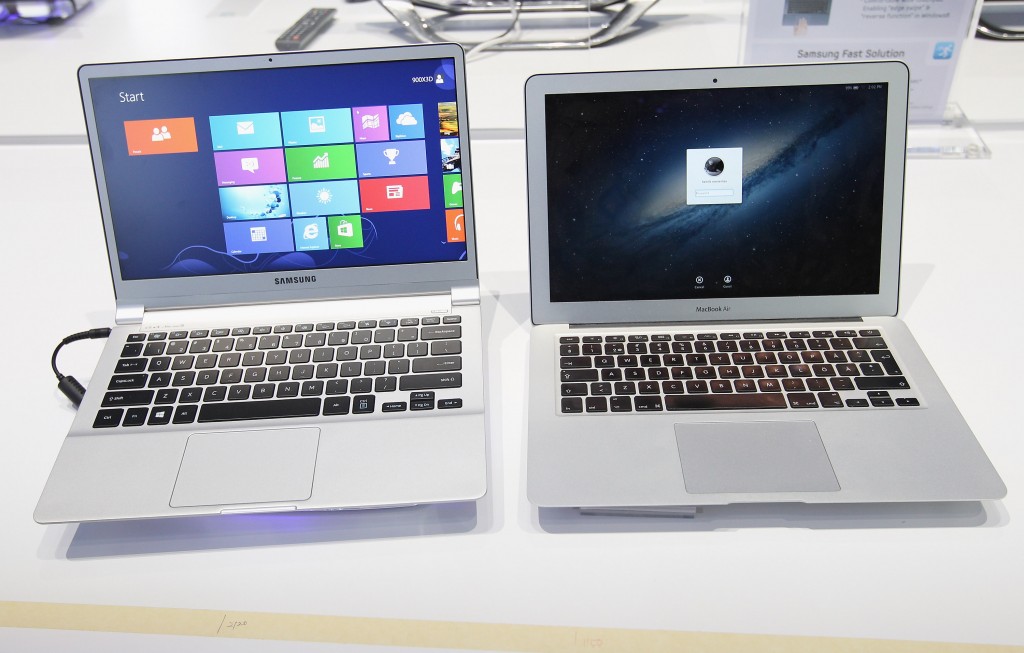5 Must Know Terms When Buying A New Laptop

Whether you’ve had a laptop for a number of years or it is your first purchase, most suppliers take it for granted that you are aware of the features that a laptop has and its relevance to what you need it to do. As such, they throw phrases and words that a lot of times are Chinese to us. You should be able to understand what each phrase is that refers to a computer.

1. Connectivity
When you get your laptop that is just the beginning of discovering what the world has to offer. The next step that you will want to move towards is getting access to the internet. This can be done in one of 3 ways:
Ethernet port:
if the internet at your house or office is limited to cables, then you will need somewhere for that cable to be plugged into your device. The place where it is connected to is what is called an ethernet port.
USB port:
from this method of connectivity you will need what is supplied by the mobile networks, a dongle (or sometimes called USB modem) that will have a SIM card in it that accesses the internet allowing your laptop to surf the web.
WiFi:
using radio waves technology, a laptop is able to connect to an internet connection (usually through what is called a router or modem) that will be near to it through its wifi connection. Be sure to check whether the laptop that you are buying has this capability, however, the problem of not having it can be solved by getting a USB wifi adapter.
2. Display
Size matters, especially when it comes to a laptop. Whereas a bigger display allows for a more expansive and often better viewing experience, it also cuts into the portability factor. A laptop’s size often determines the size of the keyboard and track pad, meaning you’ll likely be cramped when opting for a laptop measuring less than 13 inches.
That said, it’s best to consider how you’ve used laptops in the past. A smaller ultra book may be a viable option for frequent travels, but for those looking for a standard laptop, you’ll probably want to opt for one with a 13.3 or 14-inch screen. If you rarely leave your home with your system consider a 15.6-inch model for maximum screen real estate.
3. Memory
The chips that make up a computer’s internal memory come in two broad flavors known as RAM (random access memory) and ROM (read-only memory). RAM chips remember things only while a computer is powered on, so they’re used for storing whatever a computer is working on in the very short term. ROM chips, on the other hand, remember things whether or not the power is on. They’re pre programmed with information in the factory and used to store things like the computer’s BIOS (the basic input/output system that operates fundamental things like the computer’s screen and keyboard).
RAM and ROM are not the most helpful names in the world, but just remember this key point: the main memory inside a computer is based on two kinds of chip: a temporary, volatile kind that remembers only while the power is on (RAM) and a permanent, non-volatile kind that remembers whether the power is on or off (ROM).
4. Storage
When a laptop or computer receives data it pushes this to a storage device called a hard-drive. Storage is measured in gigabytes (GB) and more recently terabytes (TB). A TB is 1,024 GB, while 1 GB is about 200 MP3 songs running at 5 minutes each or 10,000 documents on average.
With the advent of the internet, the need for large amounts of storage has been reduced somewhat as people store their content (documents, photos, music, videos) online on platforms such as Google Drive, DropBox, etc.
The size of storage that you will require will be determined by what type of work you will do on the machine and whether you the type of access to the internet that you have.
Note however that there is an option of using ‘external storage’ in the form of flash drives; they’ve become as big as 1TB, SD memory card at 512GB or even 16TB for external drives.
5. CPU
Standing for Central Processing Unit, this is the brains of the computer and is responsible for making sure that the operating system and every application that you install is running. A higher/faster processor usually equates to you needing more power and thus hence to a lower battery life.
Nearly every laptop has a CPU from AMD or Intel. CPU’s are measured in processor speed (Ghz) and are defined by either dual-core or quad-core. Intel’s Core i3 and Core i5 CPUs are excellent for most users; only people who truly need a quad-core CPU (e.g for encoding video, playing games, or running engineering applications) need to look for a quad-core Core i7 processor.
Again, more cache and higher clock speeds are better, but any CPU over 2.0GHz is fast enough to handle all the basic stuff, typing documents, playing music, surfing the internet, watching videos and managing e-mail.
Be wary of cheap laptops bearing Intel Celeron or Pentium CPUs or those that carry AMD Sempron CPUs; these processors help laptop manufacturers keep prices low, but they do so at the expense of performance.




